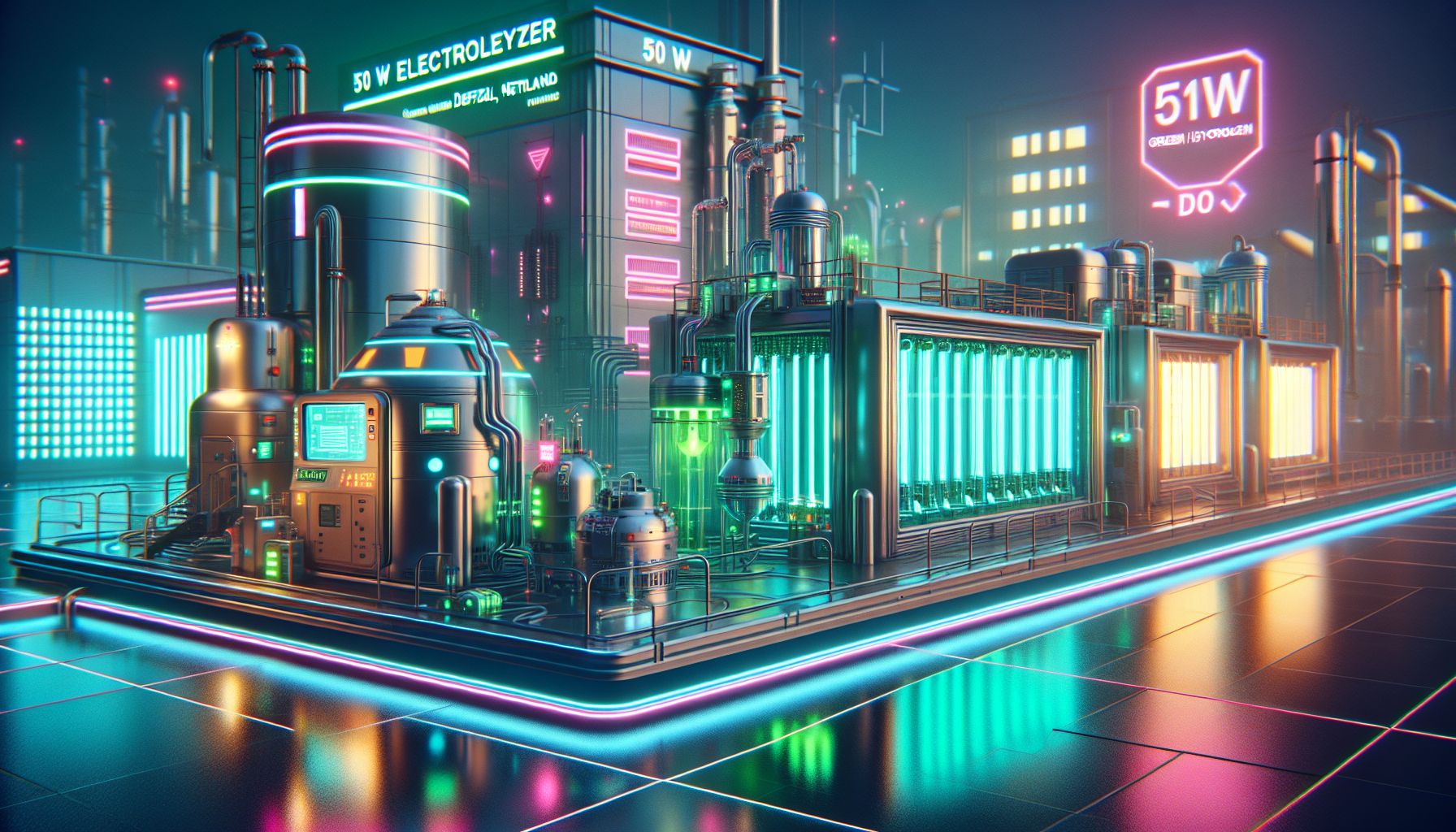Evonik and VoltH2 Join Forces for Green Hydrogen Future

Delfzijl, Thursday, 30 January 2025.
Evonik and VoltH2 team up to build a 50 MW electrolyzer in Delfzijl, Netherlands, advancing green hydrogen production. This marks a pivotal step in reducing carbon emissions in chemical manufacturing.
A Milestone Partnership
I’m excited to share that on January 29, 2025, Evonik and VoltH2 signed a groundbreaking term sheet [1][2]. This partnership will establish the first industrial-scale green hydrogen water electrolysis plant in Northern Netherlands [1]. The facility, featuring a 50 MW electrolyzer, is set to begin operations by the end of 2027 [1][2].
Infrastructure and Supply Chain
The project includes smart infrastructure planning that caught my attention. A tube trailer filling station will be constructed on Evonik’s premises [1][2]. This setup ensures continuous hydrogen supply not just for Evonik but for other VoltH2 customers as well [1]. Evonik will maintain its conventional hydrogen production initially while transitioning to source a significant portion from this new green hydrogen facility [1].
Ambitious Sustainable Goals
Looking at the bigger picture, this project is part of VoltH2’s impressive expansion strategy. The company is developing facilities across multiple locations, including Vlissingen and Terneuzen [1][2]. Their total planned production capacity exceeds 500 MW across six locations [1]. As Peter Metten, Managing Director at Evonik Peroxide Netherlands, emphasizes, ‘We want to switch our production over entirely to renewable resources’ [1][2].
Economic Impact and Future Outlook
The partnership comes at an interesting time for Evonik, which reported strong financial performance with sales of €15.3 billion and an adjusted EBITDA of €1.66 billion in 2023 [2]. By the end of 2024, 90% of the electricity used by Evonik’s Active Oxygens business line will be sourced from renewables [1]. As André Jurres, VoltH2’s founder, notes, this collaboration demonstrates ‘the feasibility of achieving significant carbon emission reductions on a large scale in the coming years’ [1].